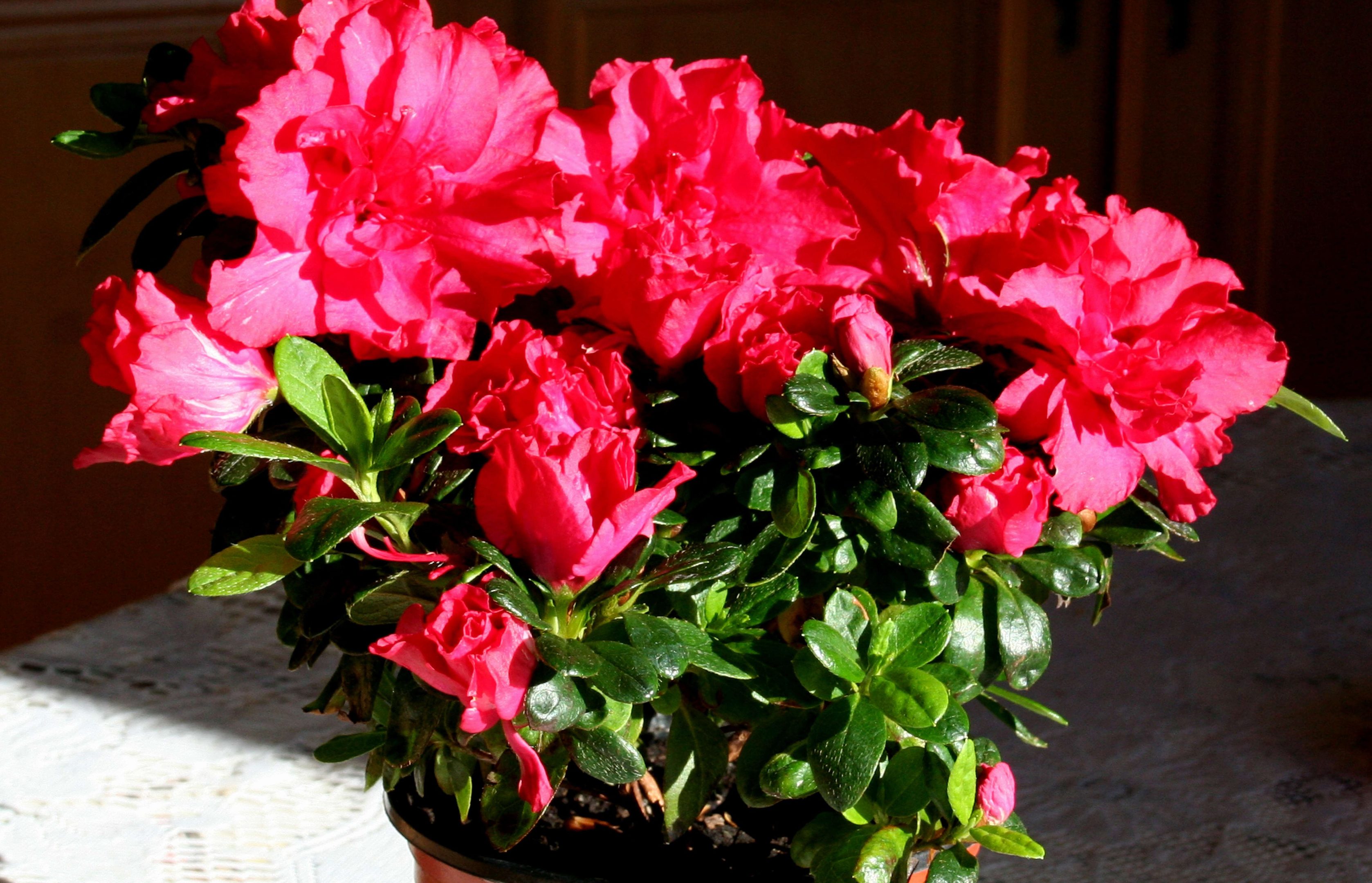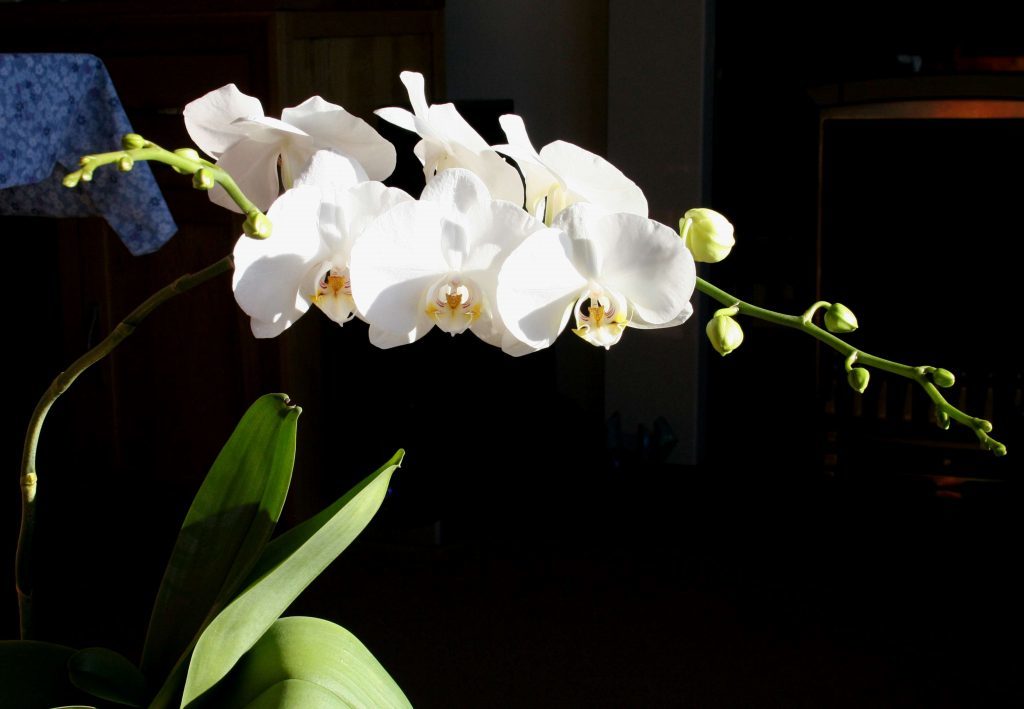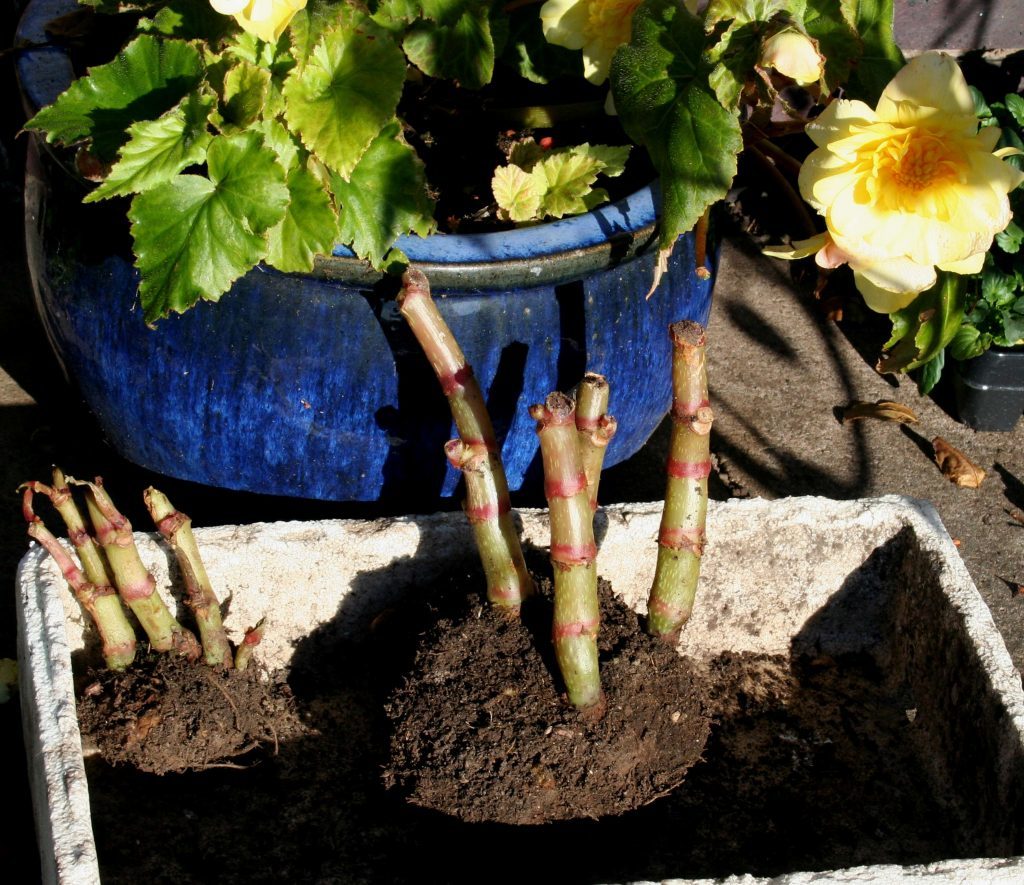As autumn slowly passes by and winter approaches gardening activity slows down as daylight is in short supply and it can be a wee bit nippy outdoors.
So we turn our attention to indoor gardening and the coming festive season to make sure there will be some home grown or even bought in plants to decorate our homes.
Garden centres cater for the festive demand by buying in quite a range of flowering plants as these will make excellent gifts for Christmas for the keen gardener.
This is often the starting point, but then we want to see if we can keep the plant growing so it will flower the following Christmas.
Plants such as hyacinths and amaryllis can be bought in as bulbs in late summer so there is plenty time to get them growing ahead of the festive season.
Getting hyacinths to flower at Christmas is quite a challenge as the bulbs need to be prepared for forcing then planted in pots or bowls in bulb fibre in August.
They need a period of a couple of months of dark and cool conditions so the roots can grow but not the tops.
Slowly bring them into warmer conditions, (but not too warm) with good light from November onwards.
The flower spikes may need support with canes and twine. After flowering keep the plants growing, then harden them off and find a spot in the garden for them as they will flower for many more years.
Late summer
Amaryllis bulbs are best planted shallowly in good compost about eight weeks before Christmas giving them good light and warm conditions to get them growing.
Once the flower spike emerges it will need support and will continue to flower for several weeks.
After flowering keep the plant growing right through till late summer then dry off the bulbs to ripen them up so they can initiate flower buds for the next year.
Poinsettias are very popular and one of my favourites, but I always buy in as they are not expensive and difficult to keep dwarf and require a period of induced short days to initiate the coloured bracts.
The Christmas cactus, Zygocactus truncatus is one of my must have festive flowering plants.
They usually flower just before Christmas, and can be retained to flower for years to come.
If they get too big then take a few cuttings and start all over again.
As they are of the cactus family they can survive for long periods without watering, but give them a drink if you see any signs of shriveling.
After flowering keep them dry till late spring, then water to encourage some growth. However this growth needs to ripen up so let them go dry once again from late summer till early winter.
Azaleas grown for indoor flowering can be very attractive and are another plant to keep for several years.
They are best grown in a cool spot outdoors with dappled shade and do not let them dry out.
Bring them indoors in late autumn once the buds begin to swell up. They can remain in flower for several weeks.
Outdoors
Cyclamen flower in autumn to winter. Grow them as cool as possible outdoors but dry off the corms in summer to let them go dormant.
They will start to put on leaves in autumn, so start watering and keep them cool.
Phalaenopsis orchids come in several colours and are the easiest of orchids to grow with large flowers that last for a couple of months.
They need special orchid compost to hold the plants upright, but produce aerial roots outside the pot which absorb moisture from the air.
As they grow naturally in rain forests give them a warm moist atmosphere away from direct sunlight.
They just love a light warm shower room. Repot them every two to three years.
Wee jobs to do this week
The summer flowers are now finished but some like tuberous begonias can be kept to flower year after year.
Cut back the tops to a few inches of ground level then lift and remove as much soil as possible before drying off the tubers in a warm and airy place.
Once completely dry the tubers can be cleaned up and stored in trays in a cool but frost proof place.












